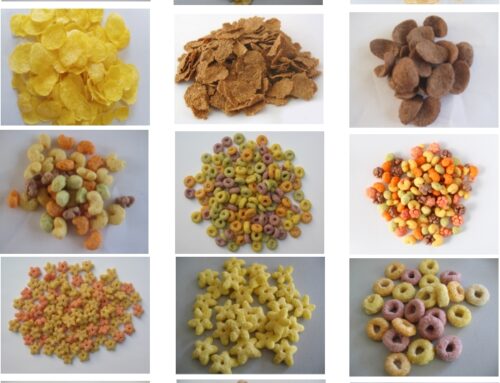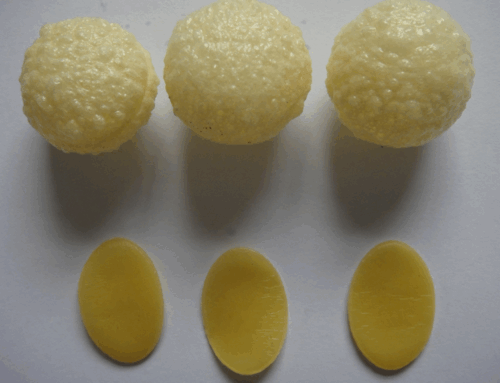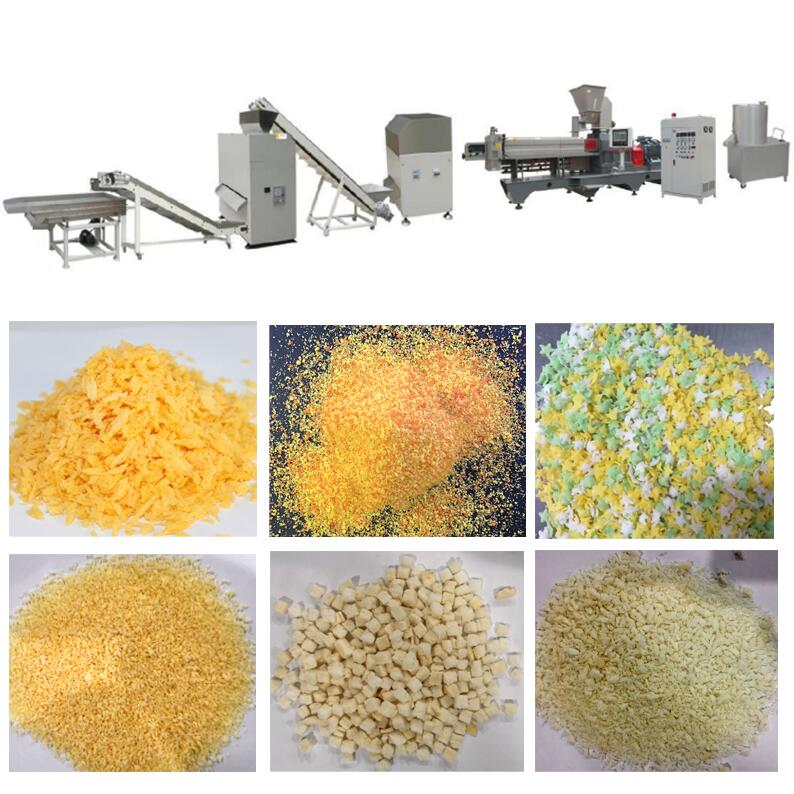Construction of a modern pet food processing plant
From plant-based treats to wet foods made with all-organic ingredients, many of the same consumer trends driving innovation in the food and beverage market have spilled over into the pet food aisle. Here’s how advanced design elements are helping food and beverage manufacturers better fit modern pet food processing plants.
When it comes to pet food processing, one thing is clear: people love their pets. From clothing and spa appointments to food and treats made with the finest ingredients, Americans go to great lengths to pamper their pets.
The 2017-2018 Pet Ownership Survey released by the American Pet Products Association found that 68 percent of U.S. households own pets, and those owners spent an estimated $75.38 billion on their pets in 2019.
Also, according to a report published by Zion Market Research, the pet food market is expected to reach $30.01 billion by 2022.
That’s because many of the same consumer trends in the food and beverage market have spilled over into pet food. As a result, manufacturers face the same plant design challenges and opportunities for pet food processing as they do for food and beverage—when to renovate versus restart, special considerations for raw and minimally processed food processing facilities, and more.
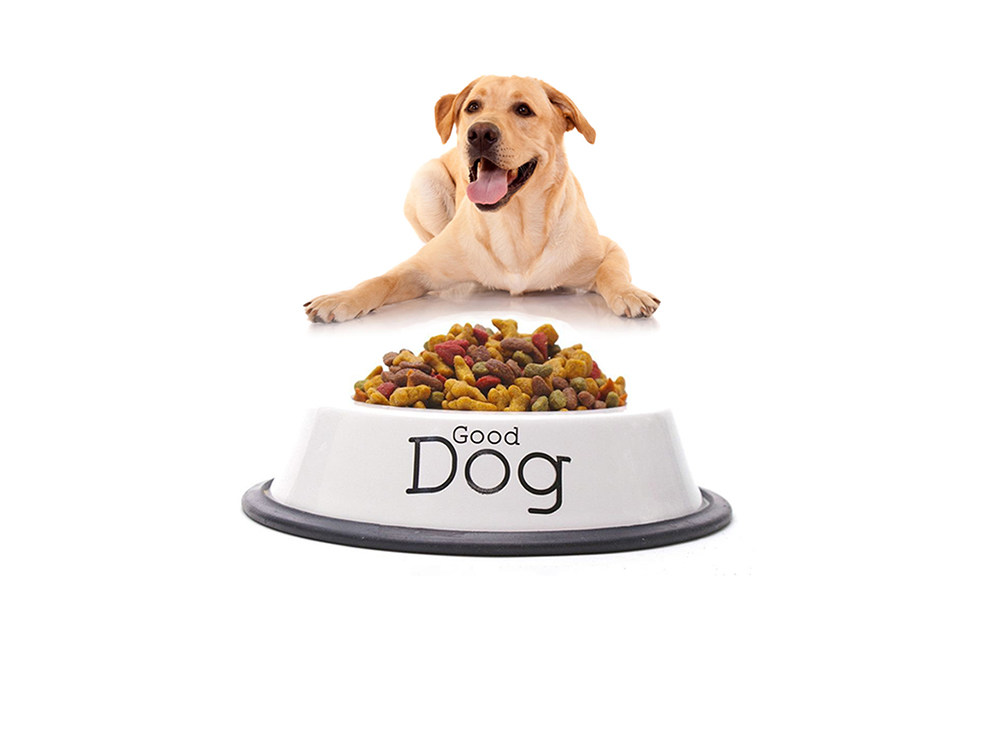
Here’s how modern design elements can help pet food manufacturers better adapt to current needs.
Modern pet food processing meets consumer expectations
Many consumers expect the food they feed their pets to approach or match the process quality and safe production of the food they feed themselves. This means that for pet food production, the attention to detail such as staff and raw material segregation, sanitation, equipment design, shipping, cleaning and inspection is no different than in a human food processing facility. These stricter requirements are driving up the cost of such manufacturing facilities. But if pet owners are willing to spend a little more on specialty foods, it’s worth it.
Production facilities are now primarily concerned with the separation of raw materials and reprocessing. The cooking or slaughtering steps are consistent with the same practices used in human food facilities, and many products are packaged for post-cooking processing in high hygiene areas to reduce the chance of cross-contamination.
Additionally, as consumers demand healthier and more varied pet foods, the flexibility to produce different products with multiple ingredients in multiple packages is increasingly important for pet food manufacturers.
Three areas that manufacturers should focus on are hygienic design, temperature control in managed facilities, and linear flow design.
Hygienic Design for Pet Food Processing
Facility design around easy-to-clean structures is a key area for improvement or upgrades, especially in high hygiene areas, post homicide packaging of cooked products. In addition, the hygienic design of equipment is constantly improving, as difficult-to-clean equipment parts slow down the production process.
When selecting equipment with a focus on hygiene, we focus on speed and ease of disassembly, reduction of loose parts, and visibility to all areas that come into contact with the product. When old equipment cannot be easily disassembled, visually or biologically inspected and passed these cleaning/inspections on a regular basis, it needs to be replaced. Consistent, repeatable cleaning practices are critical.
Additionally, as more and more consumers look to include more raw meat in their pet food, this has particular implications for equipment. Raw meat products must be prepared under controlled conditions to reduce biological problems. This requires extruders, cookers and cooling processes that are designed to control not only process conditions and the sterility of contact surfaces during processing, but also post-processing conditions, the environment and any sources of contamination.
Finally, some packaging materials will undergo heat processing or other forms of processing, such as HPP, to ensure sterility after processing, not unlike human food. It is becoming increasingly apparent that there is now little distinction between equipment and process environments for pet or human consumption.
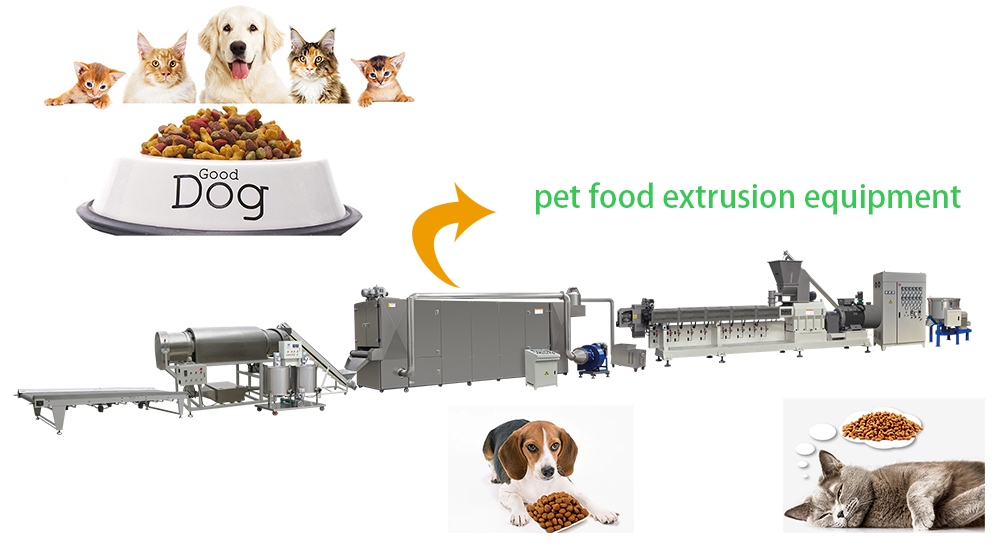
management temperature control
Adding more raw meat to pet food also places new demands on the facility environment. Facilities handling raw meat should be designed to prevent contamination and bacterial growth.
Temperature-controlled areas within a processing facility require proper planning and an understanding of the processes within the space. Before developing a design for this area, the temperature control area must be identified and mapped, taking into account the required temperature control recovery time, flushing details, cleaning downtime, temperature and humidity control during the process, and cleaning and effluent due to the room flow temperature.
Linear Flow Design
Both facility design and organization begin with establishing material segregation, personnel segregation, and sanitary area definitions.
The expectation is now to separate the raw and cooked sides, and processes and support functions are organized around this main division. The design should include linear flow into the facility to maintain these isolated areas. Regardless of technique, the kill step is the dividing point between pre-kill and post-kill. The post-slaughter area receives special attention to ensure that the product remains free from contamination in the highest control area prior to initial packaging. Therefore, the ideal process takes into account:
Minimal personnel and material changeover.
Align architectural design and finishes with the functions within each sanitation zone.
Enhance space temperature and humidity.
Optimize the movement of material into and out of the production line, ensuring clean, unobstructed flow paths.
Integrate material management to reduce temporary storage around production lines when material movement is inefficient.
Independent support functions and processes for waste handling, off-spec material, container cleaning, off-site cleaning operations, etc. to minimize cross-contamination.
Coordinate and segregate the movement of people and supplies wherever possible to increase safety. For example, we assess shared functions between pre-kill and post-kill areas to determine whether personnel can efficiently service both areas while minimizing the potential for cross-contamination. In some cases, it may be desirable to separate or separate shared functions such as shift transitions, break rooms, parts storage, and cleaning. In these cases, the benefits to product quality outweigh the convenience and benefits of employee mixing.
Can traditional factories still play a role in modern pet food processing?
In older facilities, these updates can seem especially daunting, but in some cases older buildings with outdated equipment have potential for improvement. Before assuming they must build from scratch, pet food manufacturers should consult with design and construction firms such as CRB to determine whether existing sites can be redeveloped and repurposed.
Traditional pet food processing plants and new pet food processing plants
If you can balance production needs with meeting modern food safety requirements, your old factory may be sufficient for your long-term needs. Does the current production environment and volume support your strategic plan? A well-planned renovation or expansion can achieve your goals while requiring less upfront investment. It is important to work with a design firm to analyze possible approaches and choose the option that will meet your goals and provide the greatest return on investment.
The main problem with older facilities was the segregation and constant mixing of pre- and post-mortem operations or material streams. These lines are very difficult to unwind in older facilities due to space constraints and the general layout of the lines, and the lines often loop on their own.
Sanitation transition areas for personnel can be established in legacy facilities, but this can greatly increase the operational burden as they move from one area to another. Productivity can take a major hit as time is spent changing clothes, pedicures and cleaning equipment as you go through these transitions.
In contrast, newer facilities are designed to reduce these transitions to the necessary minimum.
New and expanded facilities are inherently designed to provide the necessary hygiene and cleanability required by modern standards. New ventilation and HVAC functions provide critical temperature control, humidity control, and air isolation, while a carefully planned layout provides ideal linear flow.
Legacy plants still have a role to play in modern pet food processing, but the cost of improving the facility and inefficiencies in production should be carefully weighed against the cost of new greenfield or brownfield expansion.
You should not underestimate the potential increased production costs and lost time in legacy facilities due to improper zoning. Looking to the future of pet food processing is important when considering your needs and calculating your return on investment.
There is no doubt that consumer demands have changed the scope of the pet food industry. As consumers view pets as members of the family, pet food manufacturers are producing pet food like human food.
Modern design elements, such as selecting sanitary equipment, creating temperature controls, and incorporating linear processes into the planning design, help manufacturers become modern pet food processing plants.
Shandong Dayi Machinery Co., Ltd as a professional pet food production line manufacturer can help you understand the intricacies of modern pet food processing, Start with the equipment to better make the food suitable for pets in the market.
ई-मेल:mailto:[email protected]

